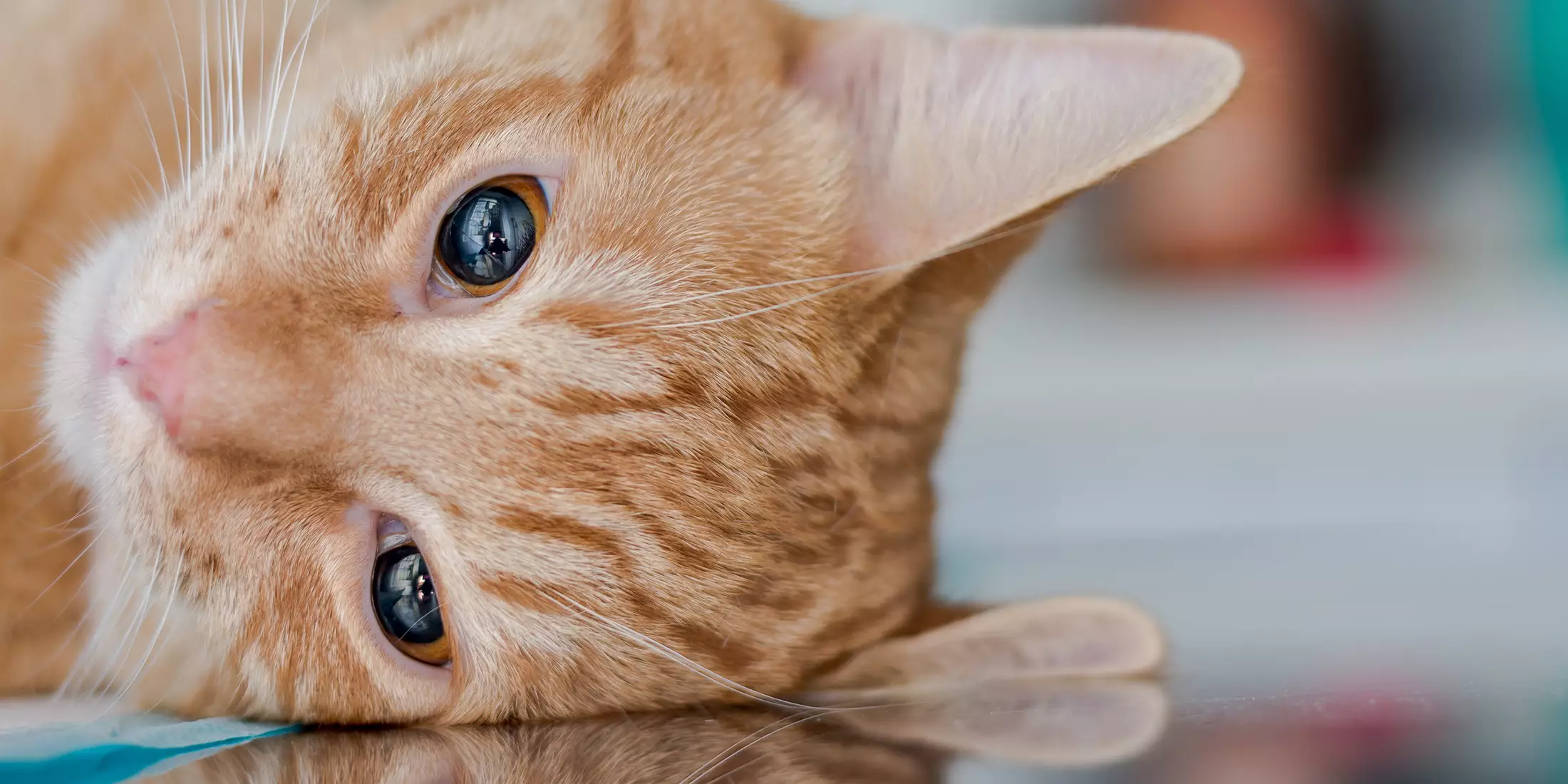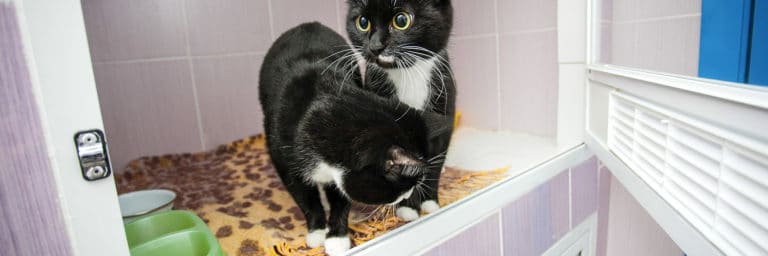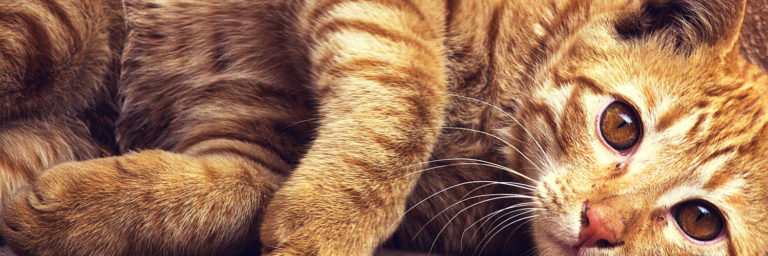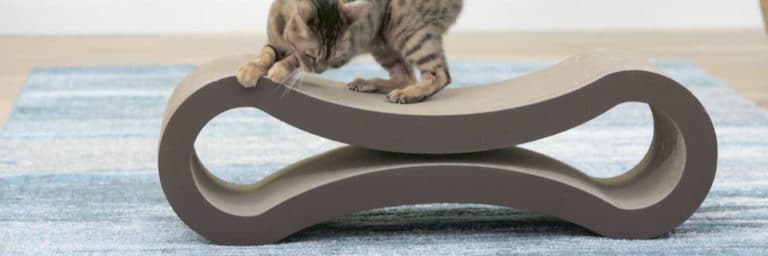What To Expect After Cat Spaying or Neutering
Contents of Article
Cat spaying requires owners to learn a few things about pre-surgical preparation and post-surgical care. Though spaying or neutering are not uncommon, still you need your kitty to remain free from any danger and receive your love and care.
Cat spaying or neutering is one of the most commonly performed surgical pet procedures. Though the procedure has multiple health benefits for cats, many pet parents worry about its effect on their feline’s behavior and personality. It is a misconception that spaying and neutering alter a pet’s personality; rather, the procedure of spaying cat helps curb negative behavior. When we refer to cat neutering, it connotes removal of uterus, fallopian tubes, and ovaries in a female kitty. The most common medical term for ovary and uterine ablation or removal is ovariohysterectomy.
When To Fix
The best time to alter kitties is before they turn 6 months of age or before puberty. The younger the kitty, the quicker their healing! A kitty as young as 2 months can undergo the spaying procedure if it weighs 2 pounds.
Cat Spaying is Safe
So your kitty is all set to be spayed or neutered if he is a boy. It’s natural as a pet parent to be worried about the effects of cat spaying. In fact, the name surgery itself sends shivers down our spine. True, any surgical procedure has its share of risks, but when feline spaying or neutering is performed by expert hands, there should be no reason for worry.
Pre-Surgical Preparation for Cat Spaying
Ideally your cat may be required to undergo fasting for 12 hours before the surgical procedure. This is recommended by most veterinarians to reduce the risk of vomiting during the procedure. It can have devastating complications if a cat vomits while the procedure is underway.
During the feline spaying or cat neutering procedure performed in a sterile environment, the vet will sedate and anesthetize the kitty. The short procedure lasts five to thirty minutes.The duration may depend on the size, age, and health of the animal.
Cat Spaying Procedure
For a male cat, neutering rarely has any complications, as incisions on his scrotum are small and without sutures. During the procedure, the vet removes the testicles. There is usually no need for any stitches in boy kitties due to tiny incisions.
On the contrary, the cat spaying procedure performed on a female kitty is more invasive. The vet will need to shave some part of the belly skin and make a small incision below the navel. The next step is to remove the fallopian tubes, ovaries, and uterus, following which the vet closes the stitches with surgical sutures.
Dissolvable sutures are widely used these days, which reduce the need for follow-ups with the vet post-spaying of cat. But this does not mean, you should forget all about the surgery. Rather, you should closely observe the incision site for any signs of infection, swelling, or bleeding. Such symptoms need immediate medical attention.
Cat Spaying Post-Surgical Care
In the case of female kitties, the vet may keep her under observation overnight in their medical facility. Your kitty should recover fully within 7-10 days. However, for cats that were in heat or pregnant at the time of surgery, recovery may take a little longer.
Rest is Essential After Cat Spaying
After the feline spaying procedure, she’ll want to relax in her special home to recover from the surgical incisions that may take 7-10 days. Make sure your kitty receives extra snuggles and love during the recovery period.
After surgery, some cats may be groggy under the influence of anesthesia, but many others are relatively alert, especially male cats and young kittens. Female kitties may have a little longer recovery period.
Safety From Other Pets
Keep your feline indoors for a few days, allowing adequate time for complete healing. Female cats must be protected from male counterparts for at least a week to reduce the chance of breeding attempts and avoid boisterous activities. Or this could cause severe injury to them.
Food
Offer your kitty only a small amount of food along with fresh water. In the event of vomiting, take away the food. Allow your furry feline to rest and relax in a comfy bed. Your kitty should be back on her feet within a day or two of complete rest.
Close Monitoring
- Some cats have a speedy recovery from spaying or neutering surgery. This means they return to normal activities within 24 hours, including playing, eating, and purring. Contrarily, if your kitty seems lethargic or you are suspicious of its indolent activities, get your cat health check up done immediately to confirm she is healing properly.
- Any jumping activity risks breaking open the incisions, which may further delay the healing process. Keeping your feline indoors will prevent her from catching germs and dirt that may contaminate the incision site.
- Closely watch for any signs of redness, swelling, or discharge from the site of cat spaying surgery. Any such signs should be immediately reported to the vet. Generally there should be no pain, but if your kitty appears uncomfortable or in pain, consult with your vet.
- Keep your kitty from shower for 7-10 days post-cat neutering or spaying.
These cat health and post-surgery suggestions may come in handy to ensure a speedy recovery for your kitty.







